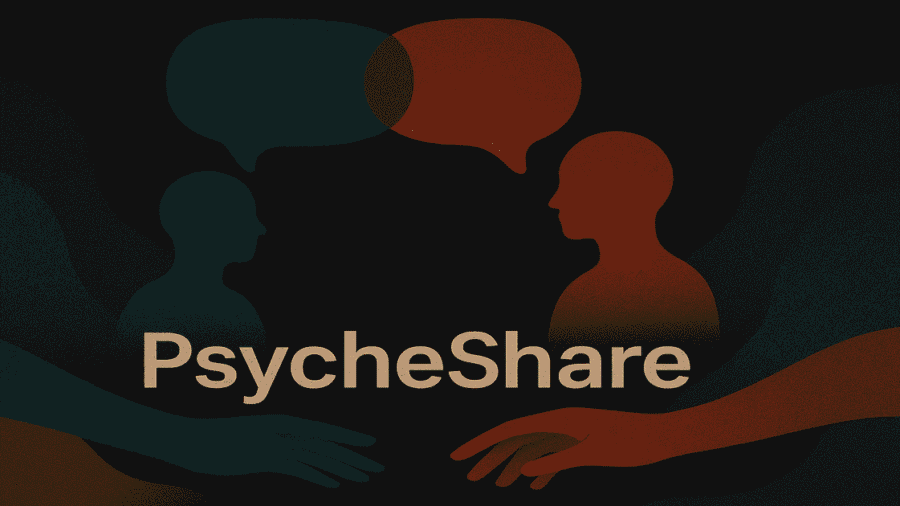In a world that often pulls us toward the future or holds us back with the past, Gestalt therapy offers a refreshing and empowering alternative: healing in the present moment.
Gestalt therapy is a form of psychotherapy that emphasizes self-awareness, personal responsibility, and the here-and-now experience. Developed in the 1940s and 1950s by Fritz Perls, Laura Perls, and Paul Goodman, this approach continues to grow in popularity for its humanistic and experiential methods that help people gain insight into their thoughts, emotions, and behaviors.
But what exactly is Gestalt therapy? How does it work? And why is it so effective for many people? Let us explore.
What Is Gestalt Therapy?
Gestalt therapy is grounded in the belief that psychological distress often stems from disconnection, from oneself, from others, or from the present moment.
Unlike traditional talk therapy that may focus on analyzing the past, Gestalt therapy encourages clients to become aware of what they are experiencing right now. It views people as wholes made up of mind, body, and soul, and seeks to integrate all parts of the self into a unified experience of living.
Gestalt therapy is based on principles from Gestalt psychology, which studies how people perceive and make sense of the world through patterns and context. According to the American Psychological Association, it values direct experience and active engagement over intellectual analysis (APA Dictionary of Psychology).
The Core Principles of Gestalt Therapy
Here are some of the central ideas that guide Gestalt therapy:
1. The Present Moment Matters Most
Clients are encouraged to stay grounded in the present and explore what is happening in the “here and now.” This awareness is key to change and healing.
2. Awareness Is the Agent of Change
The more aware a person becomes of their thoughts, feelings, behaviors, and bodily sensations, the more power they have to make conscious choices.
3. Wholeness and Integration
Gestalt therapy views the mind and body as one interconnected system. It aims to help individuals integrate their fragmented parts into a balanced whole.
4. Personal Responsibility
Clients are supported in taking ownership of their actions, reactions, and life choices rather than blaming others or external circumstances.
What Happens in a Gestalt Therapy Session?
A typical Gestalt therapy session is interactive, dynamic, and client-centered. The therapist may guide clients through techniques such as:
- Role-playing or empty chair technique: Clients speak to different parts of themselves or to others in their lives to gain clarity and emotional release.
- Body awareness exercises: These help clients tune into physical sensations that reflect emotional states.
- Dialogue experiments: Clients explore inner conflicts through guided conversations, sometimes switching roles to access different perspectives.
Gestalt therapists often use questions like, “What are you feeling right now?” or “Where in your body do you feel that tension?” to bring awareness into the present experience.
According to GoodTherapy, Gestalt therapy helps clients become more self-aware and aligned with their true needs and emotions.
What Conditions Does Gestalt Therapy Treat?
Gestalt therapy can be effective for a range of mental health concerns, including:
- Anxiety and stress
- Depression
- Relationship difficulties
- Grief and loss
- Trauma
- Low self-esteem
- Personal growth and identity exploration
Studies show that it can be particularly helpful for individuals who feel disconnected from themselves or others and want to develop a stronger sense of self (NCBI Study on Gestalt Therapy).
Gestalt Therapy vs. Other Forms of Therapy
What sets Gestalt therapy apart from more traditional approaches like Cognitive Behavioral Therapy (CBT) or psychoanalysis is its focus on process over content. Rather than dissecting past events or irrational beliefs, Gestalt therapy asks, “What is happening now, and how are you experiencing it?”
While CBT focuses on changing negative thought patterns, Gestalt therapy focuses on experiencing those patterns fully and learning from them. This experiential approach can lead to powerful emotional breakthroughs and lasting transformation.
Is Gestalt Therapy Right for You?
If you are someone who wants to explore your emotions, body, and experiences in a deeper and more immediate way, Gestalt therapy might be a great fit.
It is especially helpful if you:
- Want to become more self-aware
- Struggle with suppressed emotions
- Desire to live more authentically
- Are looking for a holistic, mind-body approach
Therapists who practice Gestalt therapy will work collaboratively with you, creating a safe space where you can express, explore, and evolve.
To find a qualified Gestalt therapist near you, visit resources such as Psychology Today’s Therapist Directory.
Final Thoughts
The therapy reminds us that healing does not always require reliving the past or predicting the future. Sometimes, the answers we seek are already within us, waiting to be discovered in the present moment.
By embracing awareness, responsibility, and the fullness of our experience, Gestalt therapy offers a pathway to deeper connection and meaningful change. Whether you are dealing with emotional struggles or simply seeking greater clarity in life, this transformative therapy can help you come home to yourself.



Add a Comment